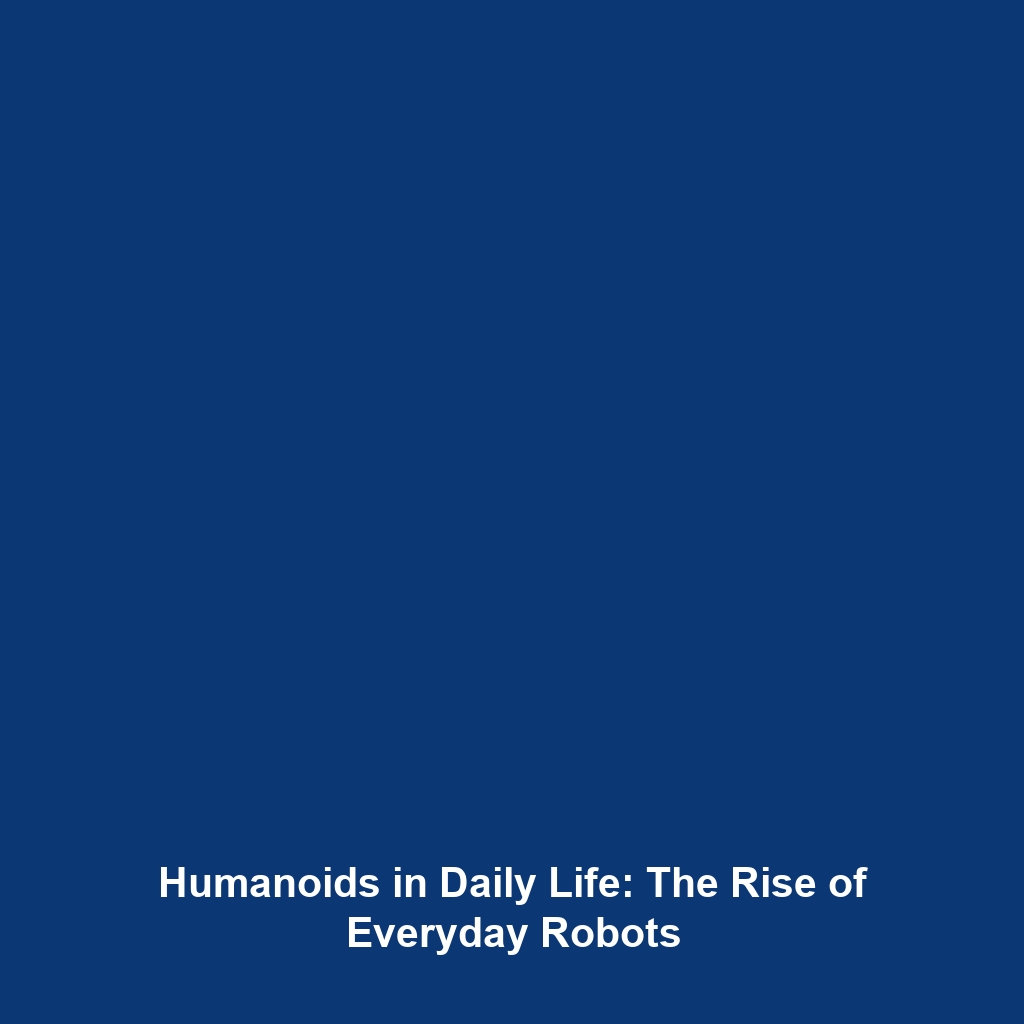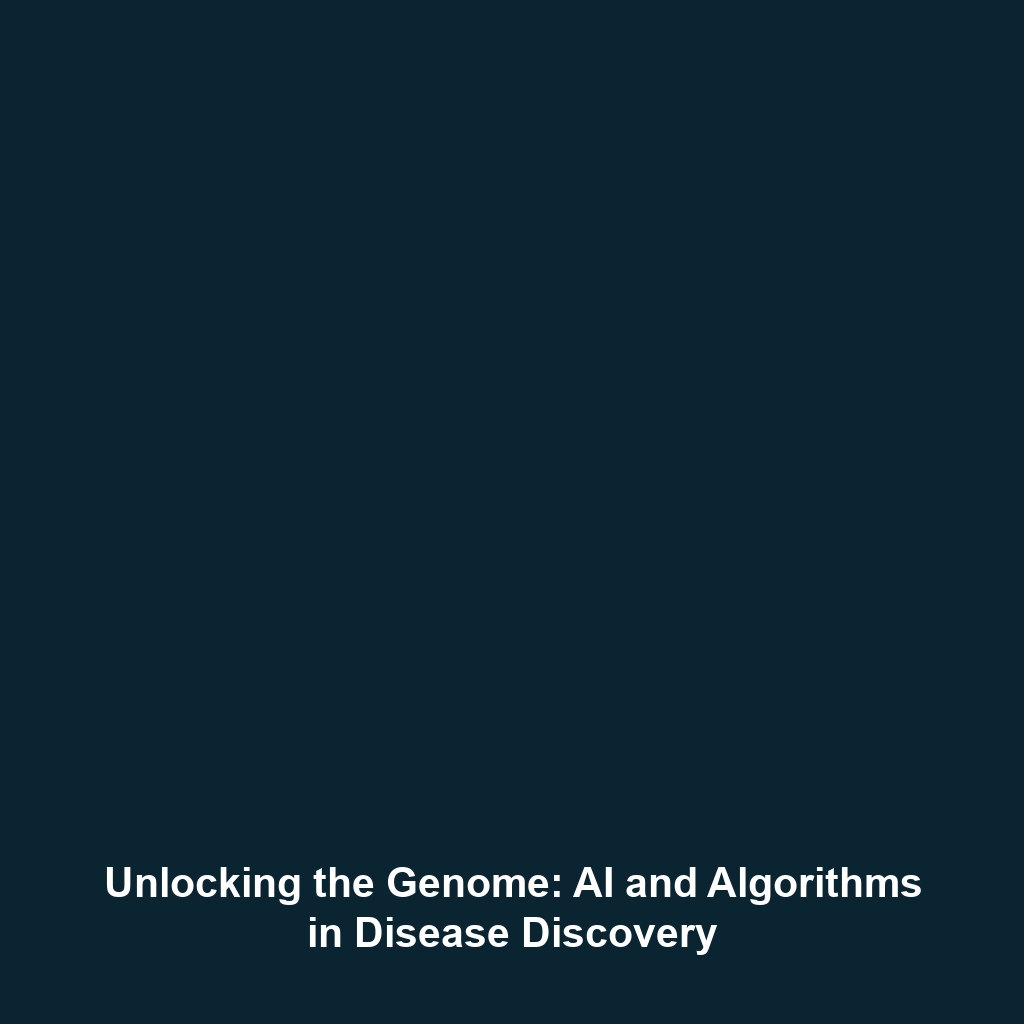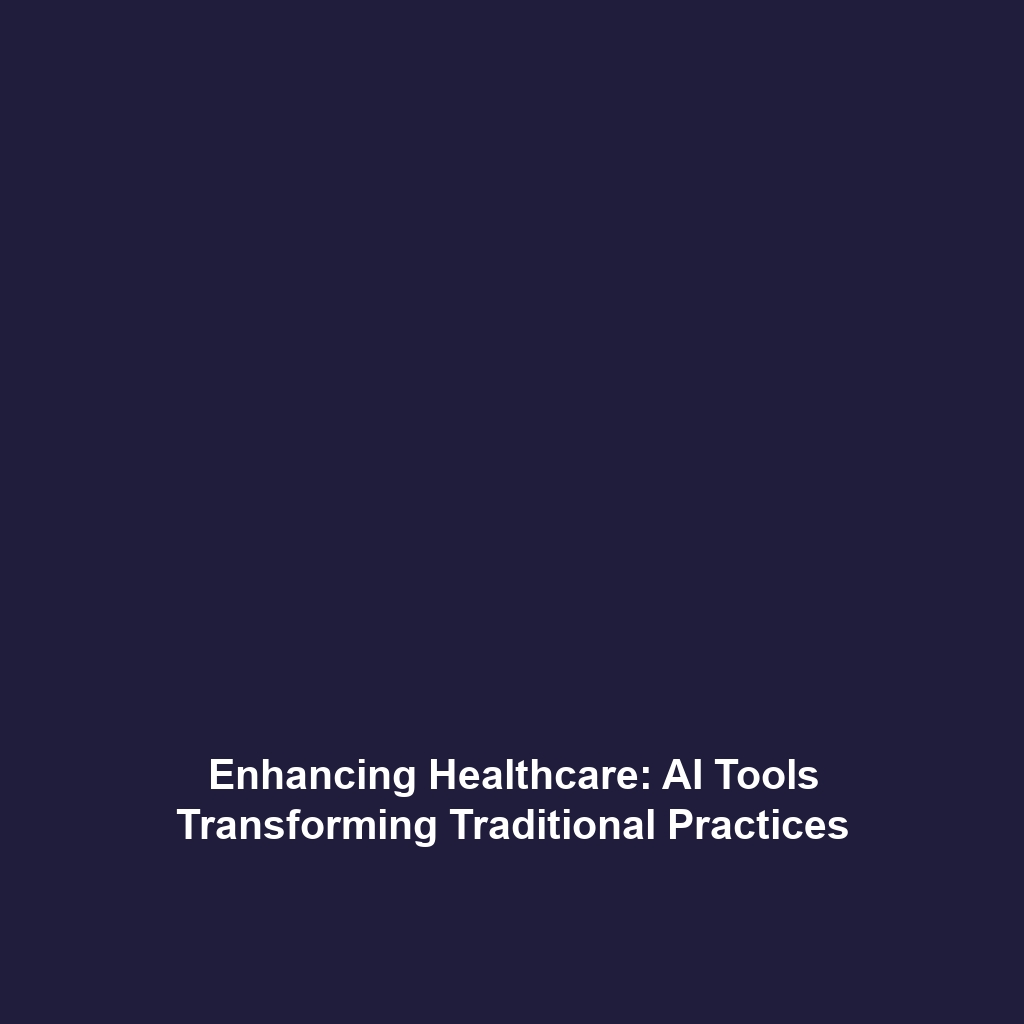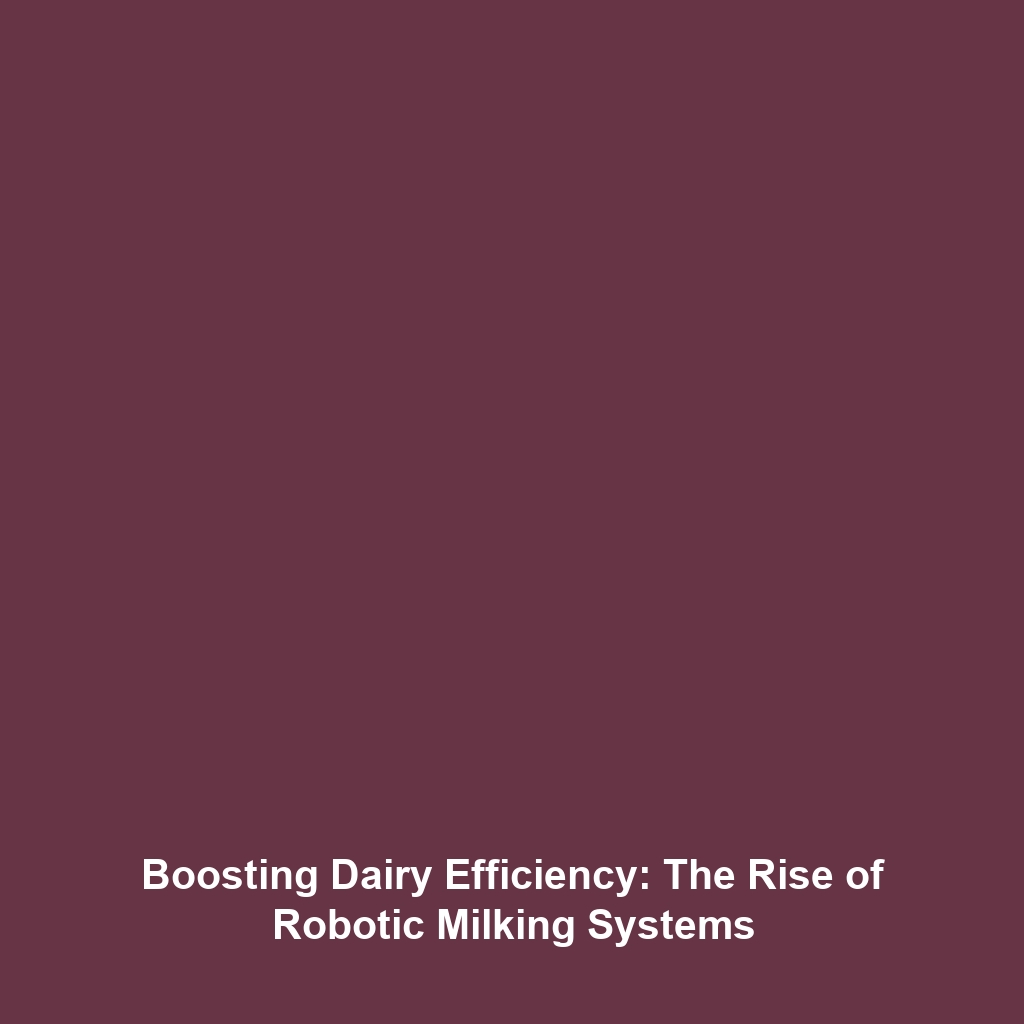<>
Humanoids in Daily Life: How Humanoid Robots Will Become a Part of Everyday Life
As technology advances, humanoid robots are poised to transform our daily existence in profound ways. These machines, designed to resemble and mimic human behavior, represent a significant leap within the field of robotics. The significance of humanoids in daily life extends beyond simple automation; they promise to enhance various aspects of our routines—from health care to personal assistance. This article delves into how humanoid robots will integrate into everyday life, the challenges they face, and their potential future.
Key Concepts of Humanoids in Daily Life
Humanoid robots are defined by their ability to act similarly to humans, exhibiting attributes such as mobility, speech, and emotional responses. The major principles surrounding humanoid robots include:
- Human Interaction: Designed to interact naturally with people, these robots use advanced AI and machine learning algorithms.
- Physical Representation: Their anthropomorphic designs allow humanoids to perform tasks that require dexterity.
- Assistance and Companionship: Many humanoids are developed for roles in health care, elder care, and personal assistance.
Applications and Real-World Uses
The integration of humanoid robots into daily life is already evident through various applications:
- Health Care: Humanoid robots assist in monitoring patient health and providing companionship to the elderly.
- Home Assistance: Household robots help with tasks such as cleaning and cooking, improving the quality of life.
- Education: In educational settings, humanoid robots serve as tutors and learning aides, fostering interactive learning experiences.
Understanding how humanoids are used in daily life illustrates their potential in the modern world, creating avenues for increased efficiency and better human support.
Current Challenges
Despite the promising advancements, the future of humanoids in daily life faces several significant challenges:
- Technical Limitations: Current technologies can still struggle with complex human emotions and social contexts.
- Ethical Considerations: Issues surrounding privacy, accountability, and the societal impacts of humanoid robots remain contentious.
- Public Perception: Fear and skepticism about humanoid robots could hinder their acceptance and integration into society.
Future Research and Innovations
Ongoing research and innovations are shaping the trajectory of humanoid robots. Notable areas include:
- AI Enhancements: Developing more sophisticated AI that allows humanoids to better understand and predict human behavior.
- Improved Mobility: Engineering enhanced physical capabilities for more versatile movement and interaction with environments.
- Emotion Recognition: Advancements in sensors and machine learning that enable robots to detect and appropriately respond to human emotions.
Conclusion
Humanoid robots are on the verge of becoming integral components of our daily lives, enhancing everything from personal assistance to healthcare. As the technology matures, it is imperative to address the challenges and ethical dilemmas presented by their adoption. Continued research and innovation will not only address current limitations but will also drive the future evolution of humanoid robots. For further reading on this topic, explore our articles on robotic assistance in healthcare and ethics in robotics.




